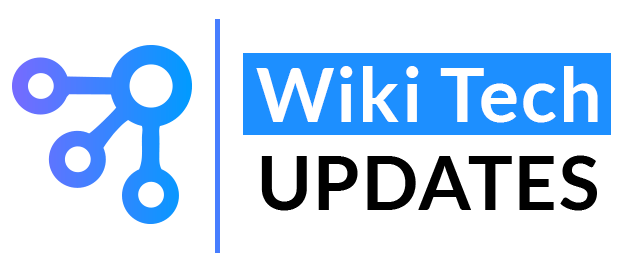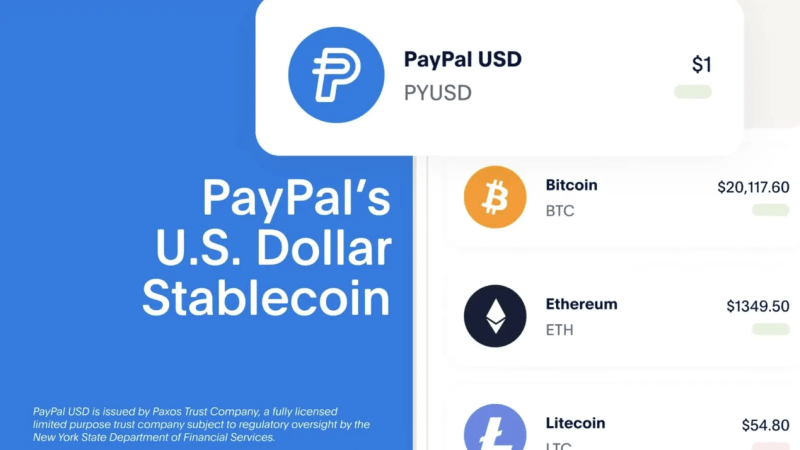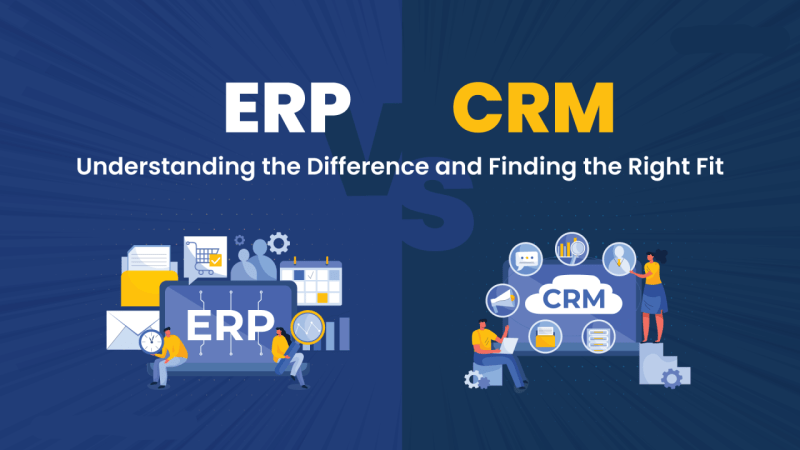How to Protect Yourself from 5G
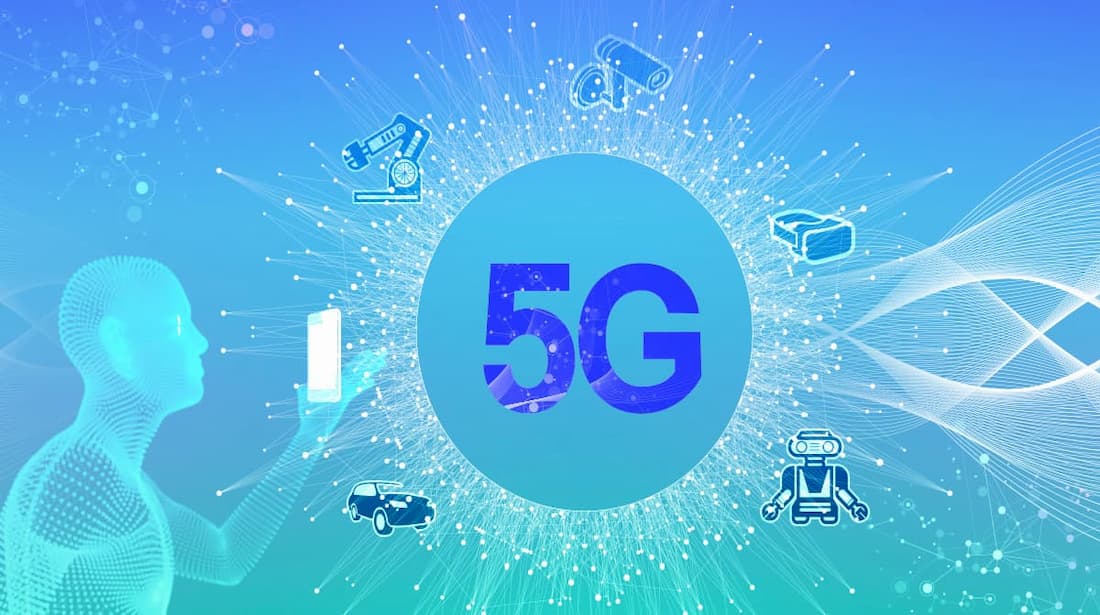
“5G will transform our lives.” It is a phrase that we have been hearing for a while. The reality is that 5G is increasingly present in any environment that has to do with technology. Much is heard about 5G mobiles and the many doubts among all those who still do not know very much what it is and what its arrival will entail.
5G is an acronym for the fifth-generation mobile network. A new generation of standard wireless communication technologies, which is what our mobile devices use to allow us to be connected anywhere. It is the evolution of the current 4G.
Many fear the consequences that 5G may have. However, experts consider that this is a generational jump with which an improvement in terms of speed, latency, and consumption is expected, which, as we are already seeing, could completely change the use we give to the mobile phone and other devices.
Table of Contents
“A qualitative and quantitative leap”
To learn more about the future of the world with 5G, Confidencial Digital has contacted the head of innovation and technology at the i2Cat Foundation, Sergi Figuerola. This expert explains that 5G will open the way for disruptive innovation in terms of service and applications to be developed.
“We are going to make a qualitative and quantitative leap in the type of service that users will have. Without going any further, 5G is going to have a great impact in the health field and, therefore, in how we receive medical treatment during surgical operations, ”he explains.
Figuerola points out that with 5G you can see remote operations and receive specialist support in real-time. On the other hand, the ‘Smart Cities’ are going to have the mix of IoT solutions with 5G, so “we are going to have cities with the capacity to respond proactively to future events”.
At the same time, it will also be very useful for emergencies, where there will be functionality that will allow emergency agencies to have uninterrupted, continuous and guaranteed internet service in any emergency environment. This expert gives an example of the demonstrations, where thousands of people will be connected to attend them.
What is behind 5G
5G is already here. Vodafone already offers it as a commercial service. Sergi Fuigerola explains that the three functionalities that 5G includes. The functionality of eMBB (for downloading large volumes of data) is already standardized and commercially available. Although the Standard for uLLC and MtC will not be ready until the middle/end of next year, features are already available that minimize latency.
Who is behind 5G? Manufacturers and operators for the most part, and great composition of research centers around the world. The European Commission created a € 700M R&D investment program in 5G which is in its final phase. Today the leaders are Huawey, Nokia, Ericson, and ZTE.
Experts don’t see the need to have to protect themselves from 5G. If not the opposite. They see a great improvement in technology and not having more capacity and speed, but having low latency and being able to have benefits that today were not even imaginable.
They also insist that it is a technology that has come to stay, so the best we can do is “adapt to change and be creators of it.”
The 5G National Observatory
Spain has many centers with great knowledge of 5G and a National 5G Observatory managed by Mobile World Capital Barcelona. Without going any further, Sergi Figuerola explains to ECD that, from i2CAT, in Catalonia, they are coordinating several 5G projects of the European Commission within the 5GPPP program. They have created the 5GBarcelona initiative to turn the Barcelona and Catalunya area into a real 5G testing environment.
And it is that just a year ago, in November 2018, the 5G National Observatory was launched through an agreement between the Ministry of Economy and Business, the Secretary of State for Digital Advancement, and the Foundation Mobile World Capital Barcelona.
Managed by Federico Ruiz, who was appointed to lead the project, the Observatory develops strategies and shares knowledge around 5G mobile technology across the country. Its activity will also be structured around three major blocks of action: training and education, entrepreneurship and the ecosystem.
For a few months, the entity has produced studies and reports related to 5G technology, its new uses and its potential impact on society and the economy, and will encourage public-private and research sector collaboration.
Also, this Observatory will promote education and training in 5G technologies through workshops, online courses, and workshops.
Differences with 4G
The speed of the new standard will be much faster, so you can download content almost without realizing it. This is theoretical data, so depending on the operator you could see lower or higher speeds.
But more important still is the decrease in latency. Latency is the time it takes to transfer a data packet within the network, the time it takes for an action to arrive from the moment you take it until it is consumed. Currently, there are already very low latencies, but 5G promises to lower them to between 1 and 2 milliseconds.
This means that interactions with the Internet or the cloud will be almost instantaneous. Added to the download speeds, this will mean that if you click on a photo that you have in the cloud, it would take as long to open on the mobile phone as if you had it already in its memory. An instant interaction experience that could also revolutionize mobile applications.
For experts, 4G served to connect people, and 5G is a new leap that will allow “connecting people with everything around us”, promoting not only communications but other sectors such as automotive, medicine, health, or homes.
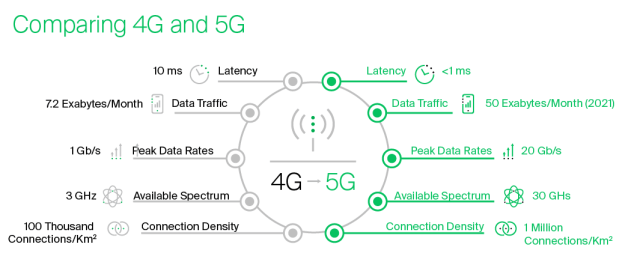
Credits: GMS
